Featured Panoramic Photo Above:
Classic Charles Conlon photo of Ty Cobb sliding into Jimmy Austin
Baseball History Comes Alive Now Ranked As a Top Five Website by Feedspot Among All Baseball History Websites and Blogs!
(Check out Feedspot's list of the Top 35 Baseball History websites and blogs)

Guest Submissions from Our Readers Always Welcome! Click for details
Scroll Down to Read Today’s Essay
Subscribe to Baseball History Comes Alive for automatic updates. As a Free Bonus, you’ll get instant access to my Special Report: Gary’s Handy Dandy World Series Reference Guide!
Book Review:
Baseball’s Endangered Species,
Inside the Craft of Scouting by Those Who Lived it
by Lee Lowenfish
(Reviewed by Gary Livacari)
I was recently asked by author Lee Lowenfish if I would be interested in reading his new book Baseball’s Endangered Species, Inside the Craft of Scouting by Those Who Lived it (University of Nebraska Press, 2023). Lee is an accomplished, highly acclaimed author, and I was honored to be asked. Scouting seemed to be an interesting subject, but, quite frankly, I had no idea of what to expect. As I read the book, I soon realized I was being introduced to the “inner workings” of the game, a world of which I had very little knowledge. It proved to be a real eye-opener, and I can honestly say it’s one of the best baseball books I’ve ever read.
(Featured photo above is scout Tom Greenwade with prize prospect, Mickey Mantle)
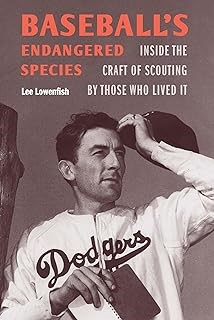
I learned that most scouts started as talented athletes with a passion for the game that often fueled their major league aspirations. Along their journey to the majors, something short-circuited their dreams. Quite often it was a debilitating injury, but it may also have been the sad realization that their talents didn’t quite measure up to major league standards.
But falling short of their goals did not extinguish their love for the game. Unable to find fulfillment elsewhere, the allure of working in some related capacity would always bring them back. They would willingly accept managerial and coaching assignments at the lowest levels of the minors, grateful for the chance to stay within the baseball orbit. They would drive to the cornfields, to the small towns, and to the small high schools and colleges. As they honed their craft, they learned to establish contacts with local “bird dog” scouts — contacts that would pay dividends later in their careers as they climbed the organizational ladder.
An interesting Prologue provides a glimpse into the fertile mind of baseball lifer Birdie Tebbetts, sharing his thoughts on the art of scouting. Birdie became a highly successful scout after his playing and managerial days ended. He long advocated for the admission of scouts into the Hall of Fame. Surely, he reasoned, there must be a spot for those who have devoted their lives to baseball. Birdie’s pleading fell on deaf ears; but, as Lee Lowenfish makes clear, he made a strong case:
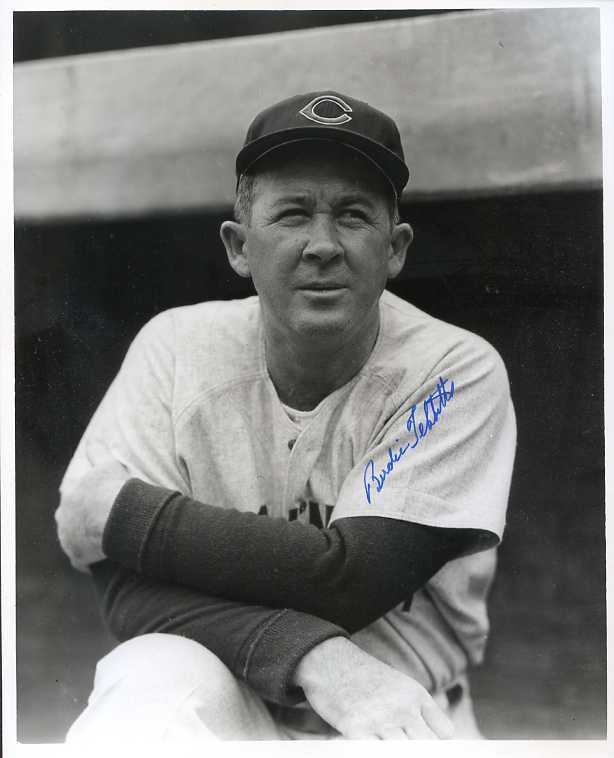
“Tebbetts wasn’t satisfied with the excuses. He insisted that scouts were essential to the well-being and sustained excellence of the game. ‘Scouts have given so much to baseball,’ he said. ‘There isn’t anybody in baseball more closely connected to the game…They were willing to pay the price of nomadic travel and disrupted domestic life in their search of prime talent, in the game that was the hardest in sports because failure was a constant companion…What a shame that you’re not allowed to put in a guy who’s been at his job fifty years, who’s brought kids in from the mountains, from the jungle, from places nobody ever heard of…[Scouts] are way under publicized but to my way of thinking a scout has to mean more to the game of baseball than anybody else.’” (1)
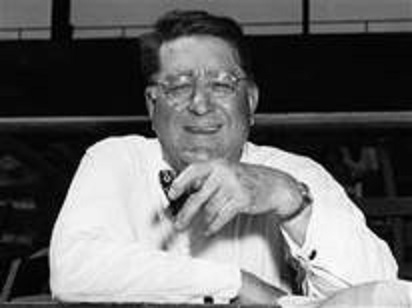
Following the Prologue, Lowenfish introduces the story of Branch Rickey, arguably the greatest scout the game has ever produced. He recounts Rickey’s impact both on the game itself and on the scouting profession. Many of his early innovations, while working in tandem with legendary scout Charlie Barrett, would become staples of the industry, serving as models for virtually every major league team. These innovations included highly developed farm systems, extensive organizational scouting structures, and amateur try-out camps.
The author then profiles many of the game’s greatest scouts, each with a story of his own to be told. In chapter after chapter, he illustrates the interesting role scouts play in the signing process, often identifying prospects as early as grade school. A good scout would monitor them through high school and college while becoming almost a member of the family and a highly trusted advisor. These personal stories serve as the heart of the book, and in the author’s skilled hands, they make for fascinating reading. It’s baseball writing at its finest.
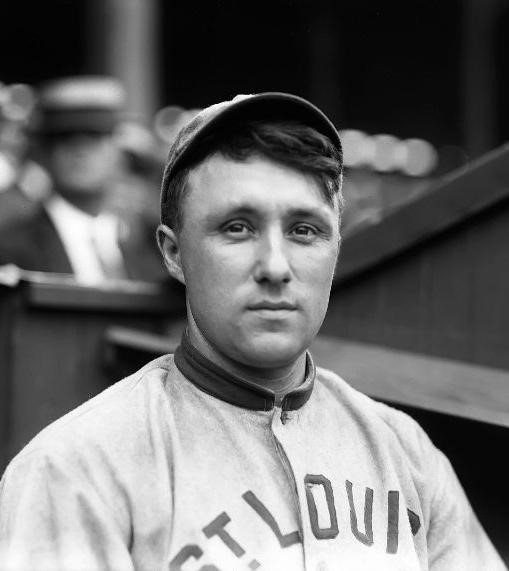
Anyone who has ever wondered about the secret to the Yankees’ success need look no further than the story of legendary scout Paul Krichell. As Birdie Tebbetts so aptly said, “No Hall of Fame could be complete without finding a spot for Paul Krichell.” His talent evaluations played an important role in the Yankees’ 22 pennants and 17 World Series championships during his tenure. With his early scouting successes, which included signings of Lou Gehrig and Tony Lazzeri, he quickly established the Yankees “brand.” Top prospects wanted to play in New York, giving future Yankee scouts an advantage over their competitors.
Krichell established standards for successful scouting. Some remain in place to this day: “Always develop a relationship with the prospect’s family.” “Never leave a game before the last out is made.” “Don’t brood too long over mistakes.” “Don’t let anyone talk you out of your opinions.” A scout can’t measure a player’s heart, he would say, but a good one “would see it on the field with his own eyes…any dope can see power and size, speed, and coordination. Desire and poise under fire are something else.” (2)
Krichell served as a mentor to many future Yankee scouts, teaching them to always trust their instincts. This approach had allowed him to sign Tony Lazzeri when his history of epileptic seizures scared many others away. His protégé Bill Essick landed Joe DiMaggio when others backed off, thinking a foot injury made him damaged goods. There were questions about a young Mickey Mantle’s durability due to a bout with osteomyelitis in his childhood. Scout Tom Greenwade never wavered and eventually brought home one of the Yankees’ all-time greats. Paul Krichell’s last contribution was his recommendation of Casey Stengel as Yankee manager in 1949. Convinced Casey was the right man for the job, Krichell didn’t allow Casey’s poor managing record in the National League to sway his judgment.
Lee Lowenfish shares many interesting stories about the interactions between scouts and prospects. One of my favorites was the quick-thinking, innovative way in which scout Lou Maguolo landed highly sought-after Norm Siebern after a stalemate developed while negotiating in the family’s home:
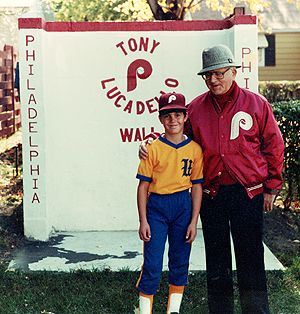
“Suddenly Siebern’s mother, Iva, came out of the kitchen, profusely apologizing for being unable to serve cookies because of a cranky oven. Seizing the opening, Maguolo suggested including a new stove in the final contract, and the deal was sealed. “(3)
Also interesting is the story of Phillies’ scout Tony Lucadello following the development of a young prospect named Mike Schmidt. Not satisfied with watching Schmidt from the ground level, he received permission from a janitor who worked at a building adjoining the baseball field to climb onto the roof to get an overhead view of Schmidt’s mechanics. From that vantage point, he was able to perceive that Mike’s lateral movement was not suited for a major league shortstop, but his instincts and strong arm were perfect for the hot corner. Soon, Mike Schmidt was on his way to becoming one of the greatest third basemen in major league history. As author Lowenfish recounts: “Being invited to celebrate Mike Schmidt’s five hundredth home runs in Philadelphia would become one of Lucadello’s greatest thrills.” (4)
I’ve barely scratched the surface of all the interesting interworkings and interactions Lee so ably describes between baseball’s hard-working, underappreciated scouts and their highly pursued prospects, all of which has contributed so much to the game we love. Lee Lowenfish has turned out a gem in his outstanding book, Baseball’s Endangered Species. It filled in many of the gaps in my baseball history knowledge. It’s well-edited and well-written in the author’s engaging personal style. Lee is also to be commended for the massive amount of research that went into writing this heavily-sourced book.
Baseball’s Endangered Species is a book I can heartily recommend to all serious students of the game. The major contributions scouts have made to the game have been neglected for far too long. Lee Lowenfish has done his part to correct this glaring oversight.
Gary Livacari
- Baseball’s Endangered Species, page 3
- Ibid, page 79
- Ibid, page 121
- Ibid, page 160
Photo Credits: All from Google search
Subscribe to our website, Baseball History Comes Alive with over 1400 fully categorized baseball essays and photo galleries, now surpassing the one million hits mark with 1,129,000 hits and over 950 subscribers

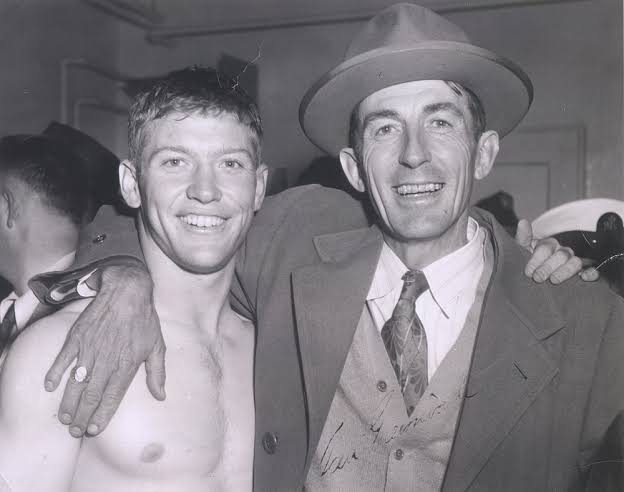
Just purchased a copy of Endangered Species, and I think it will fit nicely among my other two big league scouting books, Dollar Sign on the Muscle and Money Ball. Dollar Sign is about the older generation of scouts and is a wonderful book. One short vignette: A scout for Cleveland back long ago knew he was in for a hot afternoon in Oklahoma where he was planning to watch a game. He stopped at a store in town, bought himself a ball cap to keep the sunburn at bay, kept the $3.99 receipt and sent the receipt in with the rest of his monthly expenses. It bounced back, with words to the effect of “The Cleveland Indians baseball team does not reimburse scouts for items other than food, lodging and mileage expenses, and therefore we will withhold the $3.99.” More or less.
OK, thought the scout. Next month he filed his expenses with the team, listing his mileage, lodging, dining expenses, and at the bottom in small handwritten letters, added: “Can you find the hat?”
Haha! Thanks Tom, that’s a great story! I think you’ll enjoy the book, it’s full of wonderful stories like that.
Gary
Will purchase “Endangered Species”. Is Tim Thompson in the book? He was a Dodger and Cardinal scout for many years in Pennsylvania. He scouted me when I was playing American Legion ball. Gave me three sheets of paper detailing things to work on. Said I was a great Legion player but suggested I attend college to see how I would perform in better competition. A great gentleman. I subbed one year in college, Arch Moore who played for the Yankees was our manager. Then the punch and Judy’s got me and I stopped working at the game. Played several years of semi-pro but Mr. Thompson was right, better competition weeds out those who don’t have complete desire. Another great book on scouting is “Prophet Of The Sandlots” by Mark Windgardner about Tony Lucadello. The amount of major leaguers Lucadello signed is unbelievable.
Thanks Kevin, great information, you must have been a heck of a ball player! Tim Thompson not mentioned in the book, but sounds like he knew his stuff!
Big fan of Lee’s work. With this book he is truly able to take the reader to that remote diamond where the game is. You can truly feel yourself being there through the details! Super enjoyable.
Thanks Chris…I agree!
Great review, Gary. And you are right about barely scratching the surface. The research that went into this book is phenomenal. Loved reading it.
Thanks Sue!